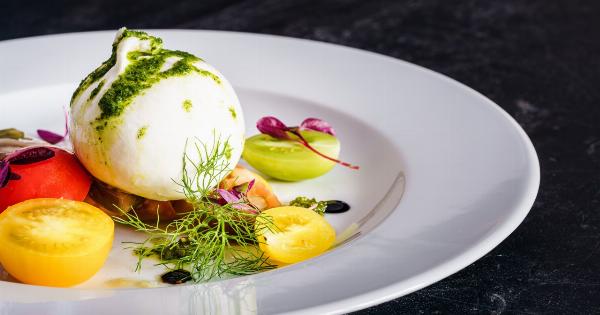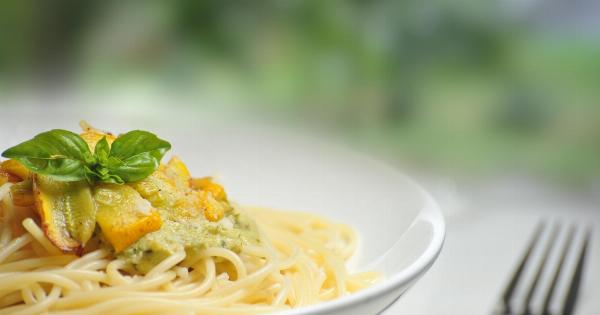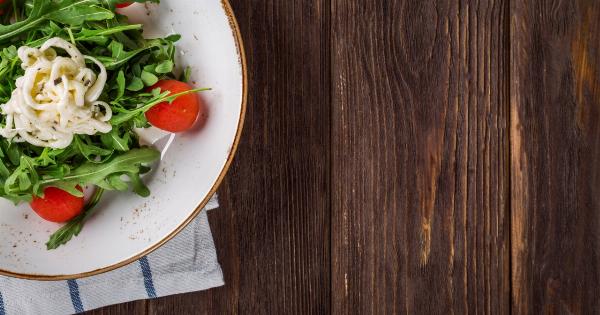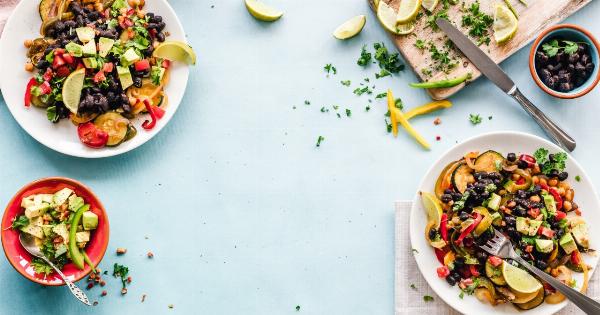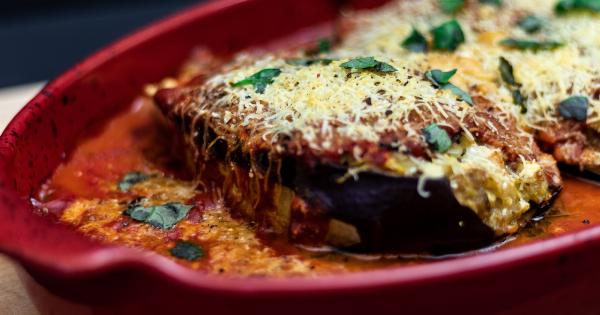Food is not just a source of sustenance, but it is also a source of pleasure. The flavor of food plays a crucial role in making it enjoyable. A properly seasoned, cooked, and prepared dish can be elevated with the right flavors.
In this article, we will discuss how you can maximize the flavor in your food.
Use Fresh Ingredients
The quality of ingredients plays a vital role in the flavor of the food. Fresh ingredients like vegetables, meats, and herbs have more flavor than their stale counterparts.
When shopping for ingredients, make sure they are in season and sourced from a reputable vendor.
Season Your Food
The right seasoning can transform the flavor of any dish. Salt is a basic seasoning that enhances the natural flavor of ingredients. However, don’t limit yourself to just salt.
Experiment with other seasonings like pepper, paprika, cumin, and coriander. Use fresh herbs like rosemary, thyme, and basil to add depth to your dishes.
Sauté Your Vegetables
Sautéing vegetables in oil or butter before adding them to the dish can add an extra layer of flavor. The fat helps caramelize the edges of the vegetables, intensifying their flavor. This technique is especially useful for onions, garlic, and mushrooms.
Marinate Your Meat
Marinating meat before cooking it can add incredible flavor to your dish. Marinades can be as simple or complex as you’d like. Basic marinades usually consist of oil, vinegar, and herbs.
For more complex marinades, experiment with different spices, citrus, and soy sauce.
Roast Your Vegetables and Meat
Roasting is another cooking technique that can add tons of flavor to your dishes. Roasting vegetables and meat caramelizes the natural sugars in them, intensifying their flavor.
The high temperature in the oven also creates a crispy exterior that adds texture to the dish.
Use Stocks and Broths to Boost Flavors
Stocks and broths are excellent ingredients to use to add flavor to your food. They are made by simmering bones or vegetables in water to extract the flavors into the liquid. Use chicken or beef stock to make soups, stews, and sauces.
Vegetable broth is an excellent alternative for vegetarians and vegans.
Add Acid to Your Dishes
The addition of acid to your dishes can balance out the flavors and add brightness. Use lemon or lime juice to add acidity to your dishes. Vinegar is also a great acid to add to dishes like salad dressings, stews, and marinades.
Pair Complimentary Flavors
When creating dishes, think about the flavors that complement each other. Sweet and sour, salty and sweet, and spicy and sweet are all great flavor combinations. Experiment with these combinations to add depth and complexity to your dishes.
Don’t Overcook Your Dishes
Overcooking can destroy the flavors in your dishes. Vegetables become mushy, and meat becomes dry and tough. When cooking, pay attention to the cooking time and use a thermometer to check the internal temperature of the meat.
Meat should be cooked to the appropriate temperature to ensure it is safe to eat but not overcooked.
Use High-Quality Salt and Spices
The quality of salt and spices you use can make a big difference in the flavor of your dishes. High-quality salt like kosher salt or sea salt has a more complex flavor and texture than table salt.
Freshly ground spices are more flavorful than pre-ground ones. Invest in good quality salt and spices, and you’ll taste the difference.















